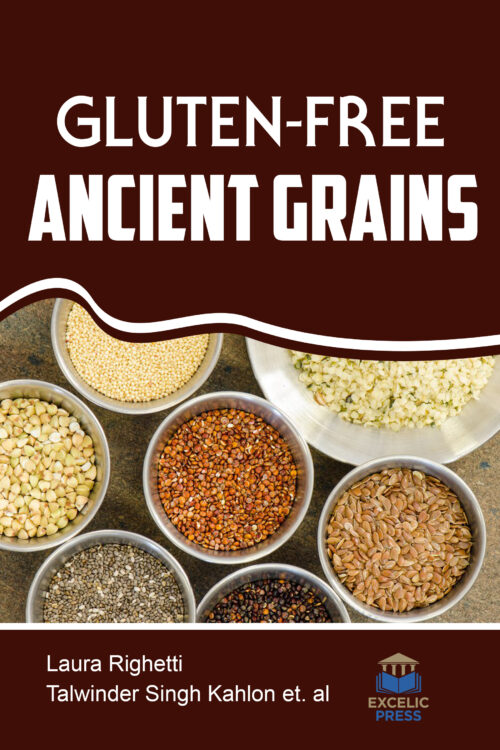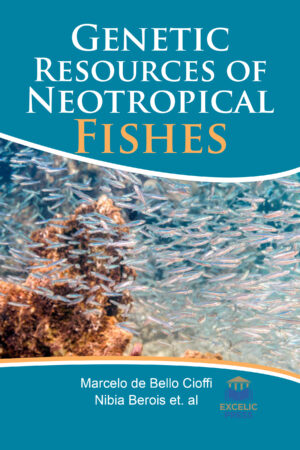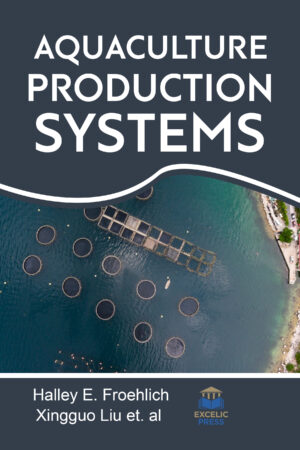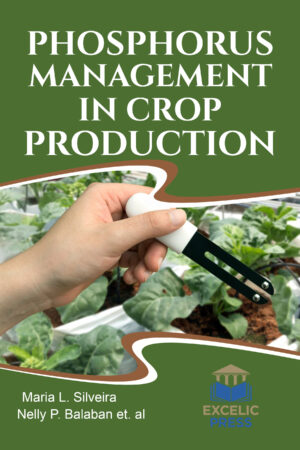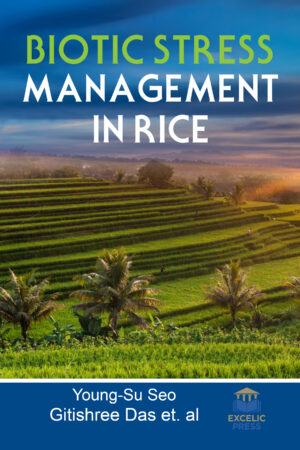Description
There is increasing interest in the gluten-free ancient grains – spelt, quinoa, barley, black rice, kamut and buckwheat – these days and with good reason. Ancient grains bring the anecdote of rustic old worlds into our kitchens. They add new interesting flavors to our meals and put us in touch with a slower more natural way of life. They’re rapidly becoming more popular and mainstream and these days you can often find pasta, noodles and other products in the health food section of your local supermarket chain. These ancient grains are called “Super Foods” due to their ideal essential amino acids and mineral profiles. They are good source of protein, dietary fiber, and minerals and contain all the benefits of phytonutrients contained in the bran portion of the grains.
This book reports on Grain Gluten-Free Flatbreads, the revival of Quinoa, Teff, Buckwheat, and Amaranth and their nutritional impacts in diets. The contained chapters examine the major grains, studying their production and manufacture processes and detailing their impact on long-term good health. These ancient whole grains consumption offer a healthy nutritious option to vegetarians and gluten sensitive individuals. Presenting on characterization and discrimination of ancient grains, it investigates a broad spectrum of ancient wheats compounds in order to determine the relative roles of genotype and environment. Identifying similarities and differences that permit to distinguish between ancient Triticum varieties may be useful for the determination of nutritional aspects and adulterations, since emmer and einkorn are more expensive than spelt. The calcium in gluten-free life and short- and long-term effects of wholegrain oat intake on weight management and glucolipid metabolism in overweight type-2 diabetics are also covered in this compendium. The book also provides key information on the sustainable production of these grains. To meet the rising food demand, ancient grains are characterized by their ability to produce a crop under harsh environmental conditions where the major cereals are not-sustainable or even fail. Hope, this book will be of invaluable tool for Agricultural science students, researchers, food nutritionists, practitioners, as well as government food and health ministries, governmental and non-governmental research institutes.

